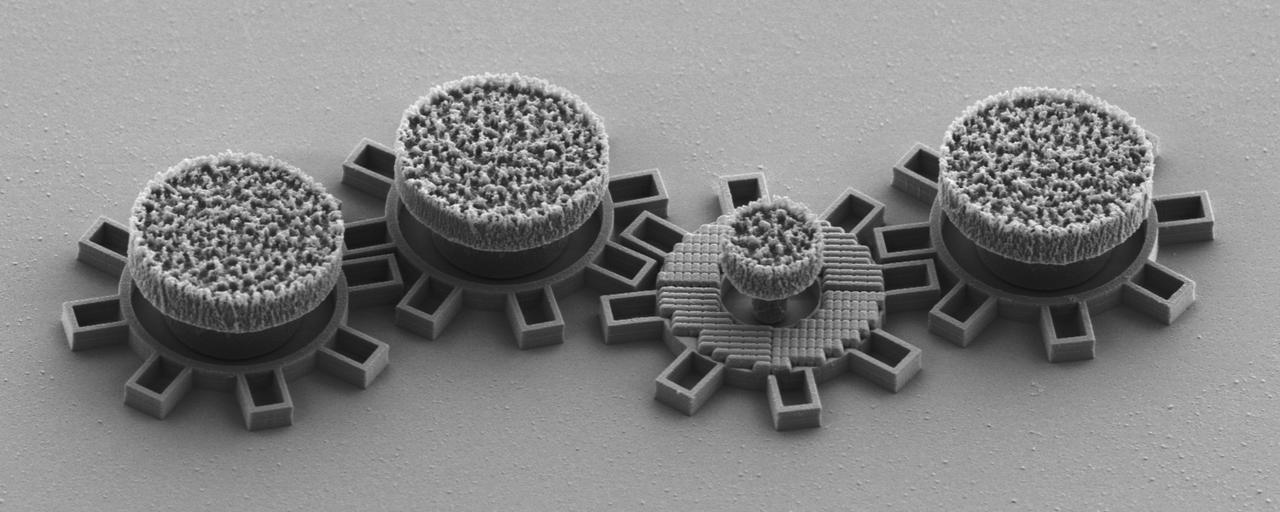Key Takeaways
- Researchers developed a hybrid memory system combining ferroelectric capacitors and memristors for efficient AI operations.
- A magnetic transistor was created, enhancing speed and reliability for data storage using a 2D magnetic material.
- Light-powered micromotors were designed for on-chip applications, with potential uses in medical technology.
Hybrid Memory System Enhancements
Researchers from multiple French institutions have unveiled a hybrid memory system that effectively merges the functionalities of ferroelectric capacitors (FeCAP) and memristors into a single, CMOS-compatible structure. This innovative memory stack employs silicon-doped hafnium oxide with a titanium scavenging layer, which allows it to function in either form based on the electrical configuration. The dual functionality facilitates both precise digital weight storage for training artificial neural networks and analog weight expression for inference. A unique digital-to-analog transfer method has been implemented, eliminating the need for a formal DAC by directly converting weights stored in FeCAPs to conductance levels in memristors.
This breakthrough was tested on a substantial array of devices, comprising 18,432 units fabricated using standard 130nm CMOS technology, integrating memory types along with peripheral circuits into a single chip.
Advancements in Magnetic Transistors
An international team from MIT and the University of Chemistry and Technology Prague has achieved a significant advancement in magnetic transistors by integrating built-in memory capabilities using a newly developed magnetic material. The aim was to solve the challenges presented by defects in these materials. Professor Luqiao Liu remarked that the combination of magnetism with semiconductor physics results in improved spintronic devices, allowing for both switching and the retention of information.
In this research, silicon was replaced in the transistor’s surface layer with chromium sulfur bromide, a stable 2D magnetic semiconductor. This innovation allows for a more efficient switching between two magnetic states, drastically improving the electronic properties of the device, leading to low-energy operations. Traditionally, the transistors amplify electric current only minimally, but these new devices can achieve a tenfold increase. Future plans include scaling production to create arrays of these transistors for broader applications.
Microscale Light-Powered Motors
Researchers at the University of Gothenburg and Chalmers University of Technology have devised light-powered gears on a micrometer scale, usable for on-chip motors. These gears were created using traditional lithography techniques and feature an optical metamaterial allowing them to respond to laser light. The spinning of the gear wheel is controlled by both the intensity of the laser and its polarization, offering a versatile method for micromovement.
The gears demonstrate a groundbreaking approach to mechanics at a microscale, enabling not just rotation but also the conversion of this motion into linear movements. Gan Wang, a researcher involved in the project, noted potential applications in medicine, such as using these micromotors as pumps or valves to manage bodily flows.
This research opens up new avenues for miniature mechanics and offers innovative solutions for various applications, particularly in medical technology.
The content above is a summary. For more details, see the source article.















